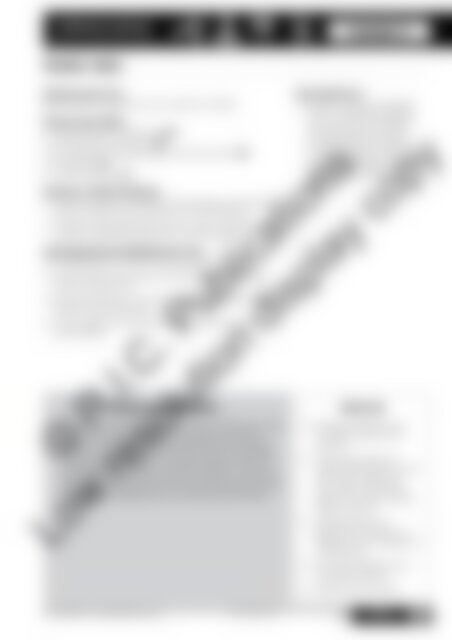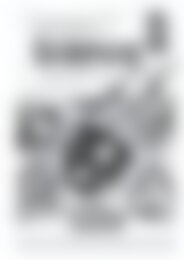6172RB Science a STEM approach Year 2 low res watermark
Create successful ePaper yourself
Turn your PDF publications into a flip-book with our unique Google optimized e-Paper software.
Chemical sciences<br />
LIVING IN A MATERIAL WORLD<br />
Lesson 4<br />
Teacher notes<br />
<strong>Science</strong> inquiry focus:<br />
What different materials are toys made from? Why?<br />
<strong>Science</strong> Inquiry Skills:<br />
• Questioning and predicting QP<br />
• Planning and conducting PC<br />
• Processing and analysing data and information PA<br />
• Evaluating E<br />
• Communicating C<br />
<strong>Science</strong> as a Human Endeavour:<br />
• Students observe combinations of materials, ask questions<br />
about and describe properties of the combinations.<br />
• Students understand that science is used in daily life such<br />
as when combining materials to construct objects.<br />
Technology/Engineering/Mathematics links:<br />
• participating in an online interactive game<br />
• exploring the characteristics and properties of materials<br />
that are used for toys<br />
• drawing a design for a toy and selecting suitable materials<br />
based on their properties<br />
• using a digital recording device to explain a toy design<br />
and materials<br />
Background information<br />
• A number of different materials may be combined to make<br />
different products. The different materials are chosen<br />
because of the properties that make them most suitable<br />
for their use. For example, a window may be constructed<br />
using glass with wooden or aluminium frames. A toy car<br />
may be made from plastic, metal and rubber—with each of<br />
these materials being used for a particular purpose. Some<br />
properties of materials are more important than others.<br />
Assessment focus:<br />
• Use the student’s completed<br />
video or completed diagram<br />
as a formative or summative<br />
assessment of their ability<br />
to understand that materials<br />
can be combined to make a<br />
product, and that the different<br />
materials have different<br />
purposes.<br />
Resources<br />
• Everyday materials quiz<br />
at <br />
• Various toys such as a<br />
rubber ball, football, soccer<br />
ball, Lego® blocks, toy<br />
cars, trucks, play kitchen<br />
equipment, plush animals,<br />
dolls, toy prams<br />
• Sufficient copies of<br />
page 55 for students or a<br />
digital version to display on<br />
a whiteboard<br />
• Card and markers for the<br />
toy design diagram<br />
• Digital video recorder<br />
© R.I.C. Publications<br />
Low <strong>res</strong>olution display copy<br />
R.I.C. Publications® – www.ricpublications.com.au 978-1-925431-95-7 YEAR <strong>Science</strong>:<br />
2 A <strong>STEM</strong> APPROACH 53


















